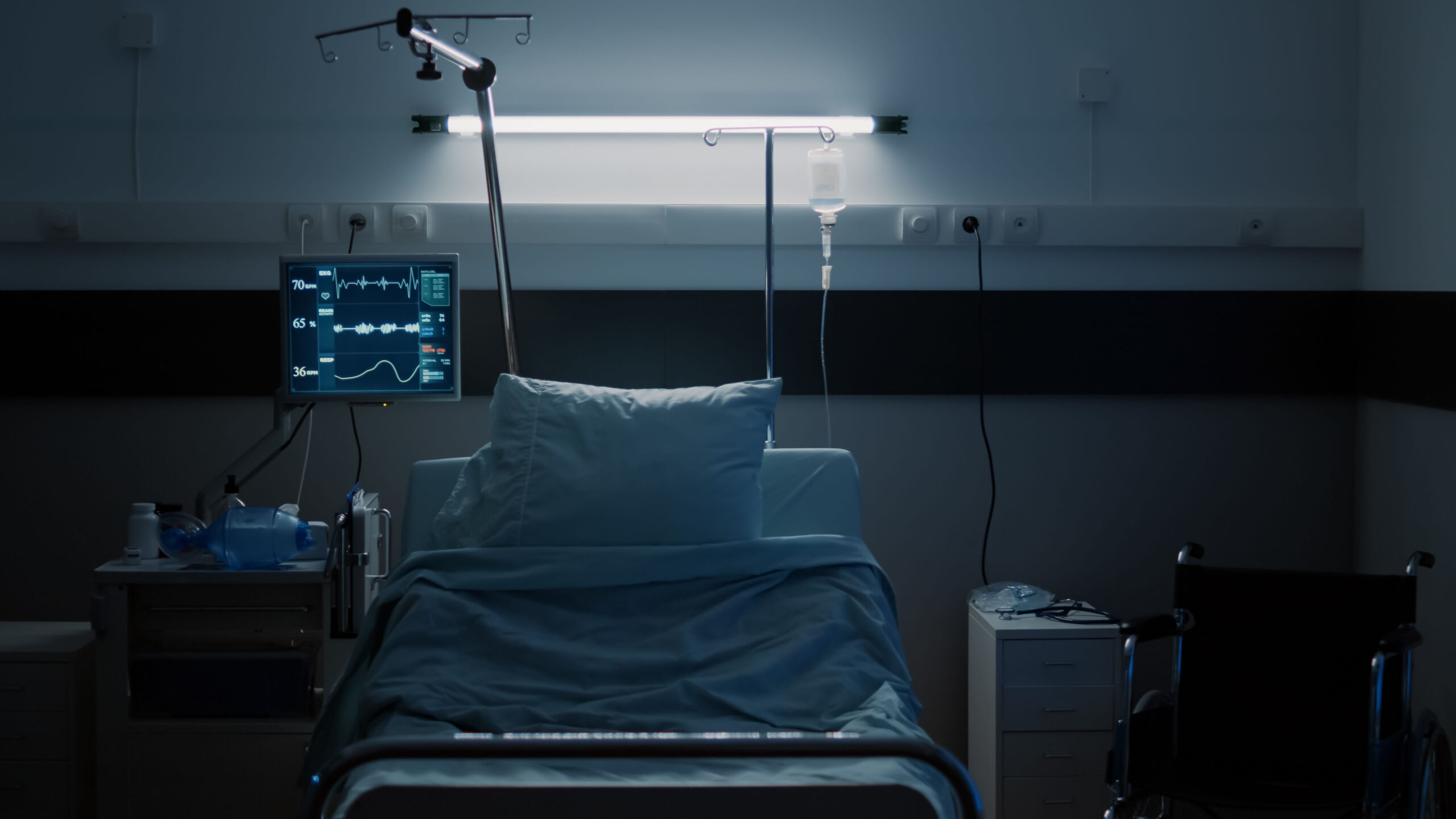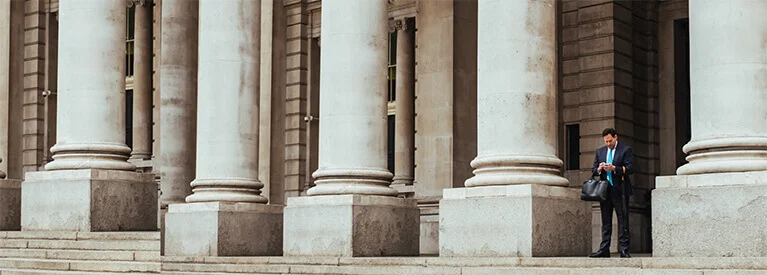Medical Negligence Case Summary: Nerve Damage From Hospital Bed Collision
Graham Cleary v Wollongong Private Hospital [2023] NSWDC 263
Summary of Facts In Hopsital Negligence Claim
Graham Clearly was successful in his medical negligence case against Wollongong Private hospital (the hospital) which was found to be negligent for causing his hospital bed to collide with a wall on his 50th birthday when returning to the ICU on 18 July 2020 resulting in immediate left leg pain, numbness and permanent nerve damage (the accident).
Mr Cleary had a pre-existing history of back problems, recurrent disc herniation and disc fusion at the L4/5 level in May 2020, which initially relieved his right leg symptoms but later caused left leg pain.
On 17 July 2020 Mr Cleary underwent surgery at the hospital to remove an osteophyte causing nerve irritation and reported having no pain afterwards. While returning from a CT scan on 18 July 2020, the hospital bed carrying Mr Cleary collided with a wall causing him to experience sudden and severe pain.
It was agreed that Mr Cleary made immediate complaints of new pain at the time the accident happened and increasing left leg pain and numbness.
Breach of duty and causation of injury
Mr Cleary relied on an expert safety report which was unchallenged. The court found that the hospital breached its duty of care in various ways including the lack of coordination by the two hospital staff pushing the bed, failure of the staff to communicate particularly when letting go of the bed to open a door, having inadequate control over the bed when opening the door thereby losing control over the bed and failing to adequately slow down and stop the bed before the collision.
Subsequent interventions revealed bone graft material under the left L5 nerve, leading to permanent nerve damage and significant impairment.
Mr Cleary’s case was that the force of the bed colliding with the wall caused the graft fragment to be expelled from the vertebra to come to rest under the L5 neve. The hospital disagreed and contended that the bed collision was too minor to cause the fragment to be expelled. Hospital staff described the bed collision as “minor.”
The expert neurosurgeons who gave evidence for Mr Cleary and the hospital agreed that the bone fragment was expelled from the L4 disc level when Mr Cleary underwent a revision of the fusion site on 17 July 2020 (although the surgeon who performed this operation disagreed and noted that the revision was done well away from the L5 nerve root) and that the injury occurred because the nerve was stretched over a dislodged bone fragment during the collision, resulting in permanent nerve damage.
The court found that the likely cause of the permanent damage to the L5 nerve was from the bone graft fragment being displaced from the L4 disc space when the bed collided with the wall and coming to rest under the L5 nerve which was damaged as the nerve was pulled across its sharp surface.
Medical issues
Mr Cleary’s initial condition included recurrent disc herniation and subsequent surgeries and some depressive and anxiety symptoms due to his back issues. After the bed collision, he suffered permanent nerve damage due to the dislodged bone graft fragment, severe and active denervation, chronic pain, limited mobility and a significantly worsened psychiatric condition.
Damages
The court awarded a total of $583,711 in damages including $246,500 for pain and suffering (based on Mr Cleary being 35% of a most extreme case) which was reduced by $50,000 to account for the lump sum amount Mr Cleary had been awarded for a workers compensation claim related to a prior back injury in 2017; $333,405 for economic loss (loss of income) and superannuation loss; $24,045 for past domestic assistance; $234,923 for 5 hours of future domestic assistance required every week and $45,000 for future medical and equipment expenses.
The court reduced agreed with Mr Cleary’s submission that the damages awarded to him should be reduced by 30% to recognise that he may have become disabled in the future due to pre-existing conditions even if the defendant had not been negligent.
To read the full judgment in Mr Cleary’s hospital neghlifgence claim click here: Judgement
Practical points:
This case underscores the importance of hospital staff adhering to safety protocols in patient handling. It is also a reminder that even when the medical experts agree on many issues, health providers and their insurers may still resist admitting negligence, emphasising the need for skilled lawyers.
Document everything. Keep records of your medical treatment, expenses, and any correspondence related to your case. This evidence can be invaluable in proving negligence.
Seek legal advice early. If you’ve suffered an injury which you think might be due to medical negligence, don’t wait. Reach out to Stacks Goudkamp Lawyers, experts in medical negligence, for a consultation to see if we can help you on a “no win, no fee” basis. Medical negligence claims have time limits. Delaying can jeopardise your case. Consult Stacks Goudkamp promptly to assess your situation and build a strong case.
Contact Stacks Goudkamp For Your Hospital Negligence Claim
If you think you have suffered an injury due to the negligence of a surgeon, doctor or health provider, you probably have a valid reason for believing this. You should call Alicia Wong, Practice Group Leader of our Medical Negligence Department on 9237 2222. Alicia is a lawyer who practices exclusively in medical negligence and is an Accredited Specialist in Personal Injury. If we can assist, we will act on a “no win, no fee” basis.
Stacks Goudkamp does not use litigation lenders or charge disbursements for receiving or sending emails. We are committed to communicating with and helping each client in a way that best suits them to achieve the best legal outcome.



